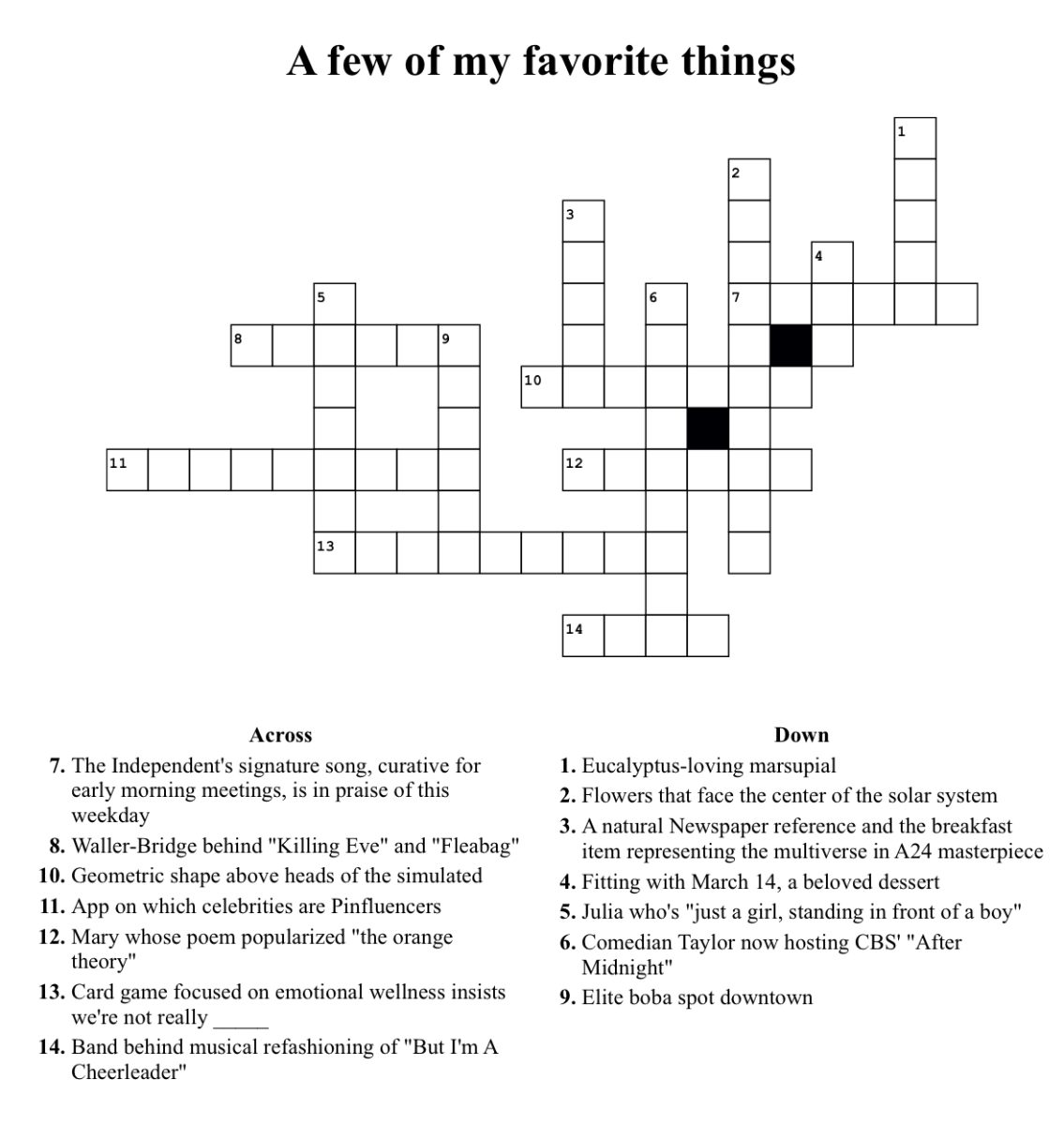SAT vs. ACT
January 31, 2022
If you’re a high school junior, now is the time to start thinking about standardized testing.
While some colleges have issued a ‘test-optional’ application process, it is still important to know the main factors and benefits of the SAT and the ACT, to decide which to take.
SAT Breakdown
The SAT is a standardized test used for college admissions and merit-based scholarships. The test has four sections: Reading, Writing and Language, Math, and an optional Essay section. In Illinois, an SAT score is required for high schoolers to graduate.
The Reading section has 52 questions, and the allotted time is 65 minutes. All of the questions are multiple-choice and are based on passages revolving around history, social studies, and science.
The Writing and Language section has 44 multiple choice questions, and students are allowed 35 minutes. This segment of the test mainly tests grammar and the effective use of language.
The Math section is made up of 54 questions and is 80 minutes long. 44 questions are multiple-choice, and 10 are student-produced response questions. This portion of the SAT takes questions from these areas of math: numbers and operations, algebra and functions, geometry, measurement, data analysis, and statistics and probability.
An optional Essay section is 50 minutes long and is the last section of the SAT. The purpose of the SAT essay is to assess one’s ability to analyze an author’s argument, and you are graded on reading, analysis, and writing. The essay’s score is not a part of a composite 400-1600 score, but a separate 2-8 point score.
ACT Breakdown
The ACT is another standardized test used for college admissions and merit-based scholarships. The test has four sections: English, Math, Reading, Science, and an optional Writing portion.
The English section has 75 multiple choice questions, and students are allowed 45 minutes to complete them. In this segment of the ACT, some of the skills covered are grammar, punctuation, sentence structure, strategy, and organization.
The Math section includes 60 multiple choice questions in 60 minutes. Topics students will be tested on include pre-algebra, intermediate algebra, coordinate geometry, plane geometry, and trigonometry.
The Reading section has 40 multiple choice questions, and students are granted 35 minutes to complete them. There are four different passage genres that are always in the same order in this section: prose fiction, social studies, humanities, and natural sciences.
The ACT Science section is made up of 40 questions in 35 minutes, and the multiple-choice questions are based on the interpretation of graphs, analysis, evaluation, reasoning, and problem-solving. Question types in this segment include multiple-choice questions on data representation, research summaries, and conflicting viewpoint passages.
The optional Writing section of the ACT is 40 minutes long, and is one essay. The test consists of one writing prompt that describes an issue and presents three different perspectives on that issue. Students are asked to read the prompt and write an essay where they will develop their own perspective on the issue.
What is ‘test optional’?
The recent term ‘test-optional’ means that students are not required to submit their standardized test scores on their college admissions applications.
However, it is important to note that students who do have strong scores may stand out more than others who did not submit their scores.
Differences of the SAT and ACT
There are many differences between the SAT and ACT, but neither test is easier than the other.
The ACT has 215 questions, and the SAT has 154. The SAT grants much more time than the ACT does. Regardless of this, SAT questions usually take more time and thought to answer.
Another contrast between the two tests is that the SAT does not include a science section like the ACT does. Nevertheless, science-incorporated questions are sprinkled throughout the SAT.
The scoring for each test also varies. For the SAT, scores range from 400-1600, while in the ACT, the composite score runs from 1-36.
The costs of the exams also differ. The SAT costs $52, and the ACT costs $55 for only the exam; $70 if the optional writing test is included.
A key difference is that students with a strong English background may thrive on the ACT, which puts more emphasis on verbal skills, while students who are strong in math may prefer the SAT.
Image Source: https://www.fvsu.edu/news/act-and-sat-scores-no-longer-required-for-fvsu-applicants-for-2020-summer-and-fall/































